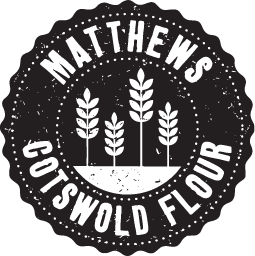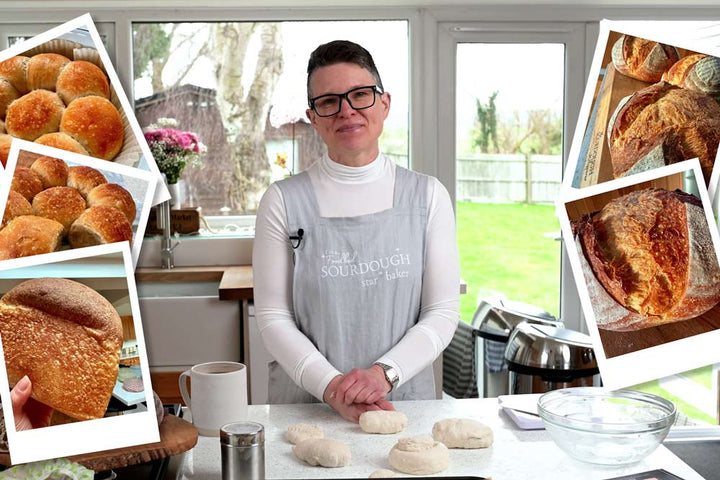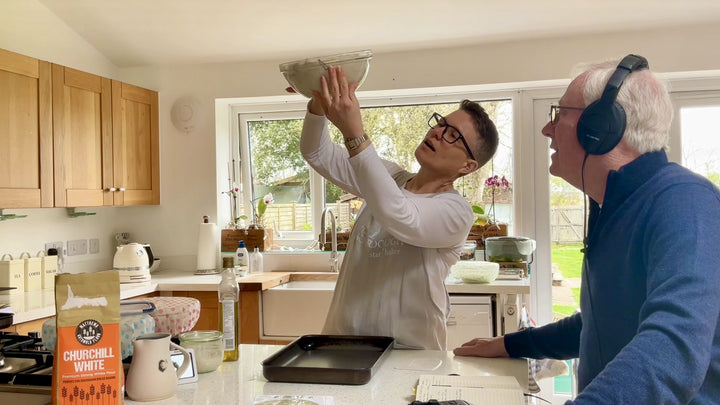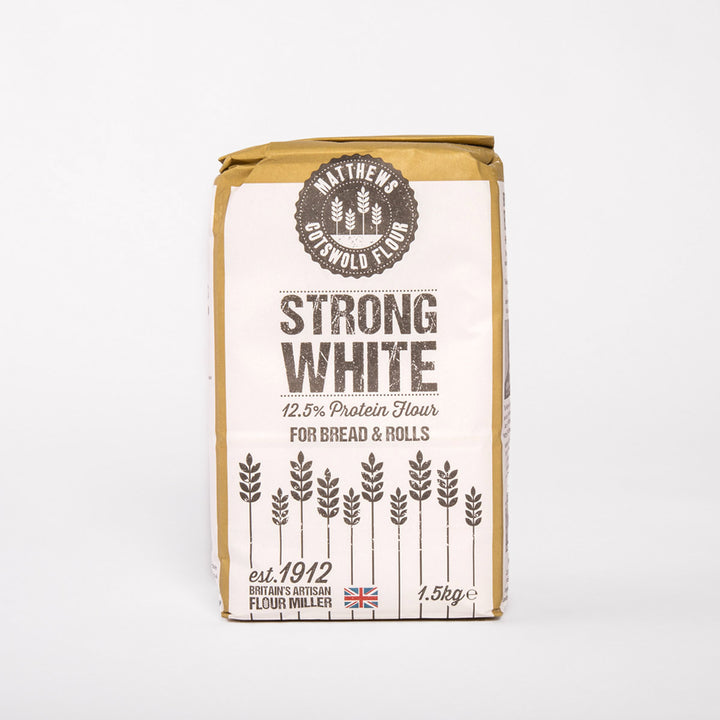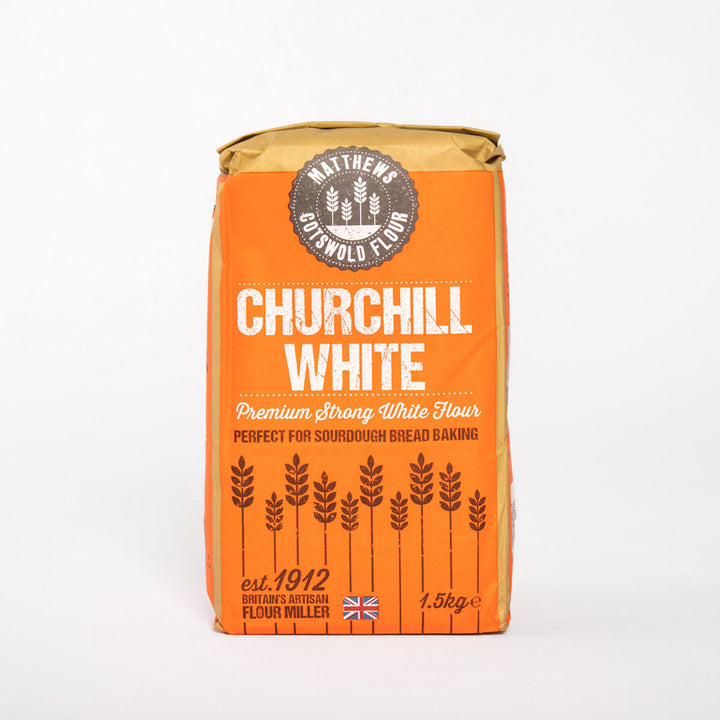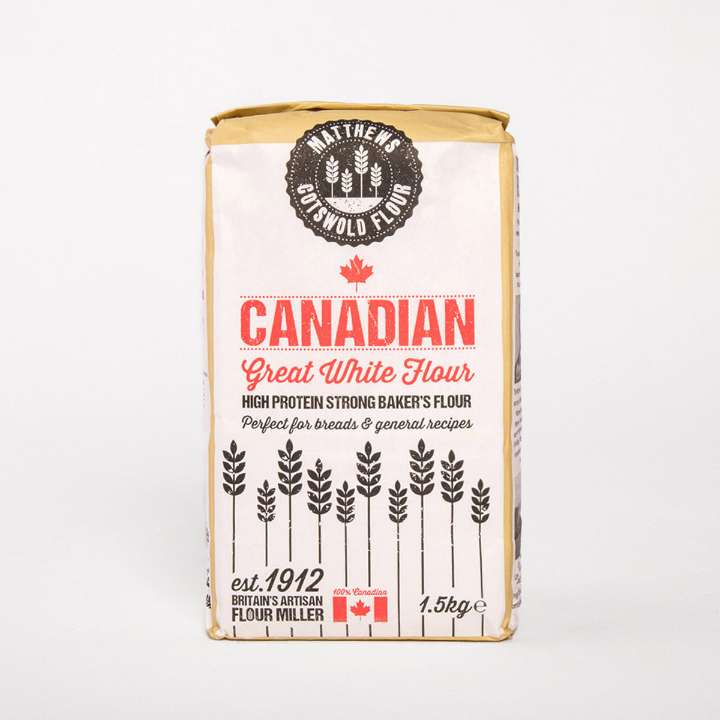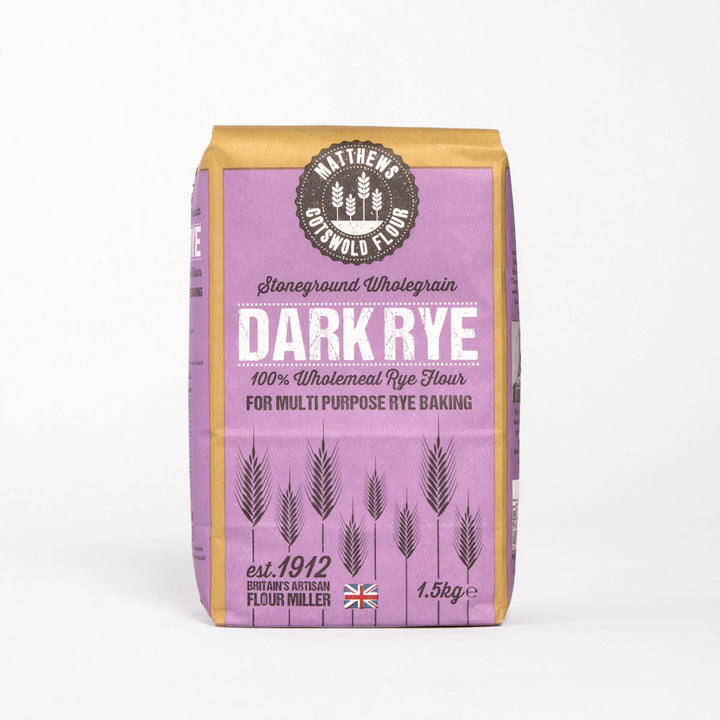Join the Super Sourdoughers Club
Join our Super Sourdoughers Club and get your free downloadable Starter Journal and free Sourdough Journal template with the link below! You'll also get a welcome discount of 10% to thank you for joining our club!
Everything You Ever Needed To Know About Sourdough
Here, Elaine Boddy from Foodbod Sourdough (our sourdough expert), brings you everything you need to know to be able to make sourdough simply and successfully.
So, let Elaine take you by the virtual hand and show you her wonderful world of sourdough!
Contents & Quick Links
Jump to the Sourdough section you want quickly with the links below, or scroll down to find out more!
The Foodbod Pod Season 2
Elaine's Sourdough Videos
The Foodbod Pod Season 1
Elaine's Sourdough Master Recipe
Using our range of flours. Elaine guides you through how to make and maintain a sourdough starter, how to make your first loaves, and beyond. Throughout Elaine explains the exact flours she is using and why, and whether you need to be aware of any extra amendments or considerations to make her recipes successfully.
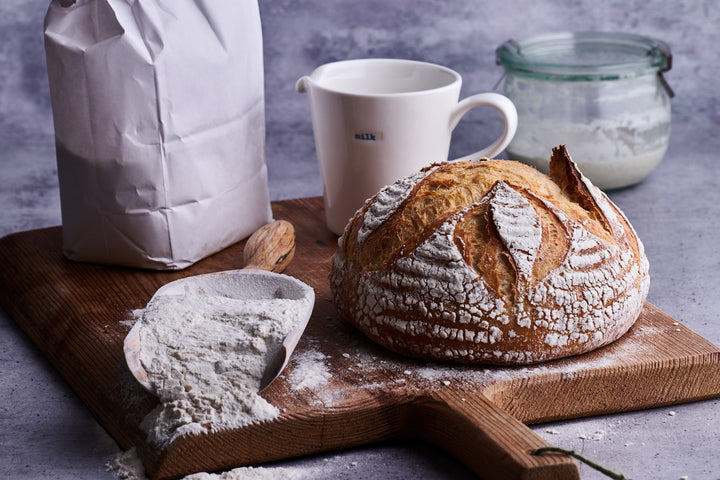

Sourdough Starter Step-by-Step
Make the perfect sourdough starter first time, every time, using Elaine's expert guide. Packed with tips and tricks, designed to work hand-in-hand with our downloadable journal and Master Recipe. Get started now with the link below!
Elaine's Super Summer Sourdough Tips
"As I write this, it is the end of the first week in July and we have all been wearing our coats and putting the heating on in this country, so actually it’s been a great time for our sourdough making for the last couple of days... But then things change dramatically. The heat rises or the rain comes down, humidity kicks in - it’s so inconsistent..."
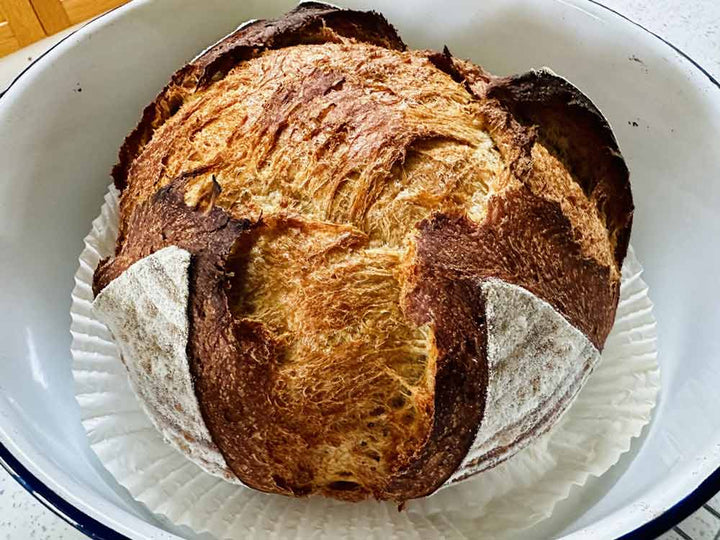
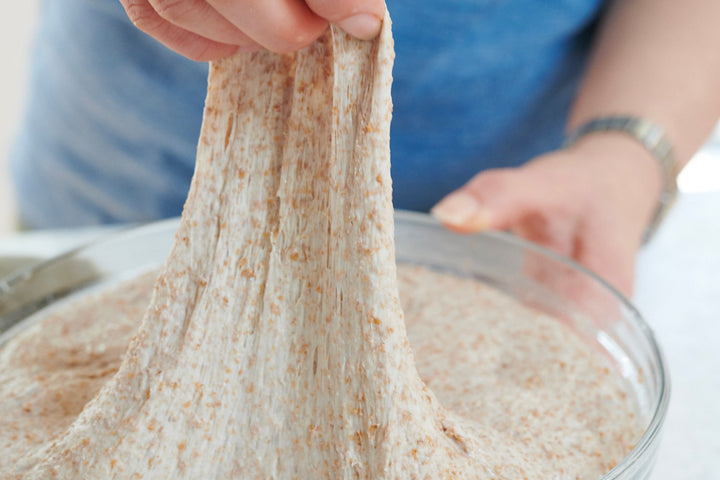
Wholegrain Sourdough Starter Flours
You only ever need one single starter, made with any flour, and you can use it in any dough. But once you’ve made a starter and have been using it for a little while, Elaine recommends making another starter (or two) with other flours. Checkout Elaine's tips for great wholemeal and ancient sourdough starter flours below.
Meet Our New Sourdough Ambassador:
An Interview with Elaine Boddy - Matthews Cotswold Flour Bakers Q&A
Elaine's Starter Secrets Revealed
In this series Elaine Boddy walks us through her entire Starter Making Process. From getting the right equipment in place, getting started and maintaining, through to being ready to bake. This series covers tons of Elaine's best-kept starter secrets!
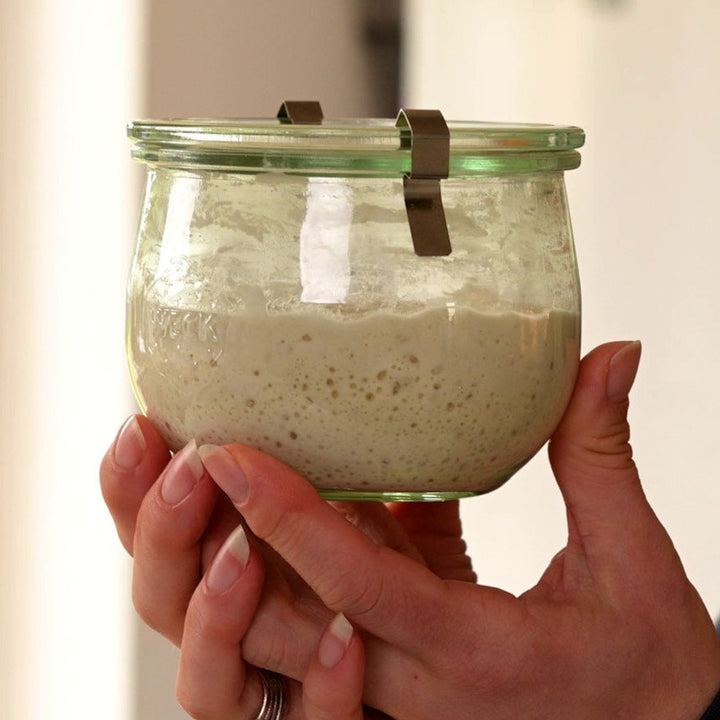

The Foodbod Pod Season 2
Our very own Sourdough Ambassador, Elaine Boddy, and her producer (David Treadway) are back for a new season - with all new Season 2 episodes premiering now!
Join Our Super Sourdoughers Club Now
Fill out the form below to join our exclusive Super Sourdoughers Club - get access to Sourdough related content before anyone else, get exclusive offers, and receive regular updates from our Sourdough Brand Ambassador. You'll also be the first to hear about VIP events, mill tours, Sourdough Baking Masterclasses (and so much more).
Enriched Sourdough Recipe
Making an enriched sourdough loaf requires a slightly different approach. Find out how Elaine does it here.
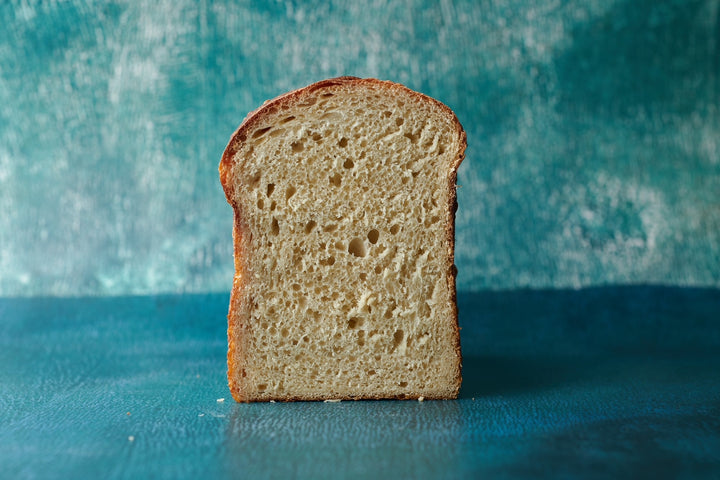

Shop Sourdough Flours
Matthews Cotswold Flour has the largest range of specialist flours in the UK, so you'll always be able to find what you need to make amazing sourdough every time! Checkout Elaine's recommendations for great sourdough with the link below!
Our Sourdough Guru
Elaine Boddy is the author of three fantastic Sourdough recipe books, prolific blogger, celebrated speaker and Foodbod podcast presenter. Elaine has worked with Cotswold Flours for years, but has only recently joined us as our new Sourdough Brand Ambassador. Find out more about Elaine now.
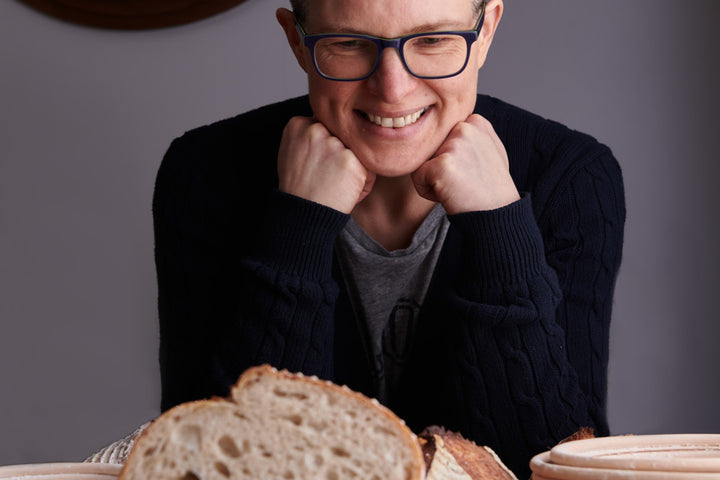
Sourdough FAQ
Q. What makes sourdough different?
A: The fact that sourdough is made with a starter and the lovely long slow proving process gives sourdough its iconic texture and flavour and is what makes sourdough the healthiest bread you can eat. Even better when you make your own!
Q. Can I use any flour?
A: There are certain flours that are better than others for making sourdough and Elaine has highlighted these for you and will be sharing more notes and tips for using our range for making sourdough.
Q. Do I need special pans?
A: No, there are some key pieces of equipment that are nice to have, and can help your sourdough journey, but you can also start with things you’ve probably already got in your kitchen.
Q. How long is it before I can bake a loaf?
A: Typically, it takes 7 days to make a working starter - but some can take a little longer.
Q. Do I need to put the rest of my life on hold to be able to make sourdough?
A: No. Not at all. Elaine will show you how to make sourdough simply and time efficiently so it fits in with your life. Whatever your lifestyle or working/home life, you can make sourdough.
Q. Does a starter need to be constantly looked after?
A: No, starters need very little input.
Q. Where do I begin?
A: You've already started! Follow Elaine’s easy starter steps (link at the top of this page) for your first sourdough starter steps.
